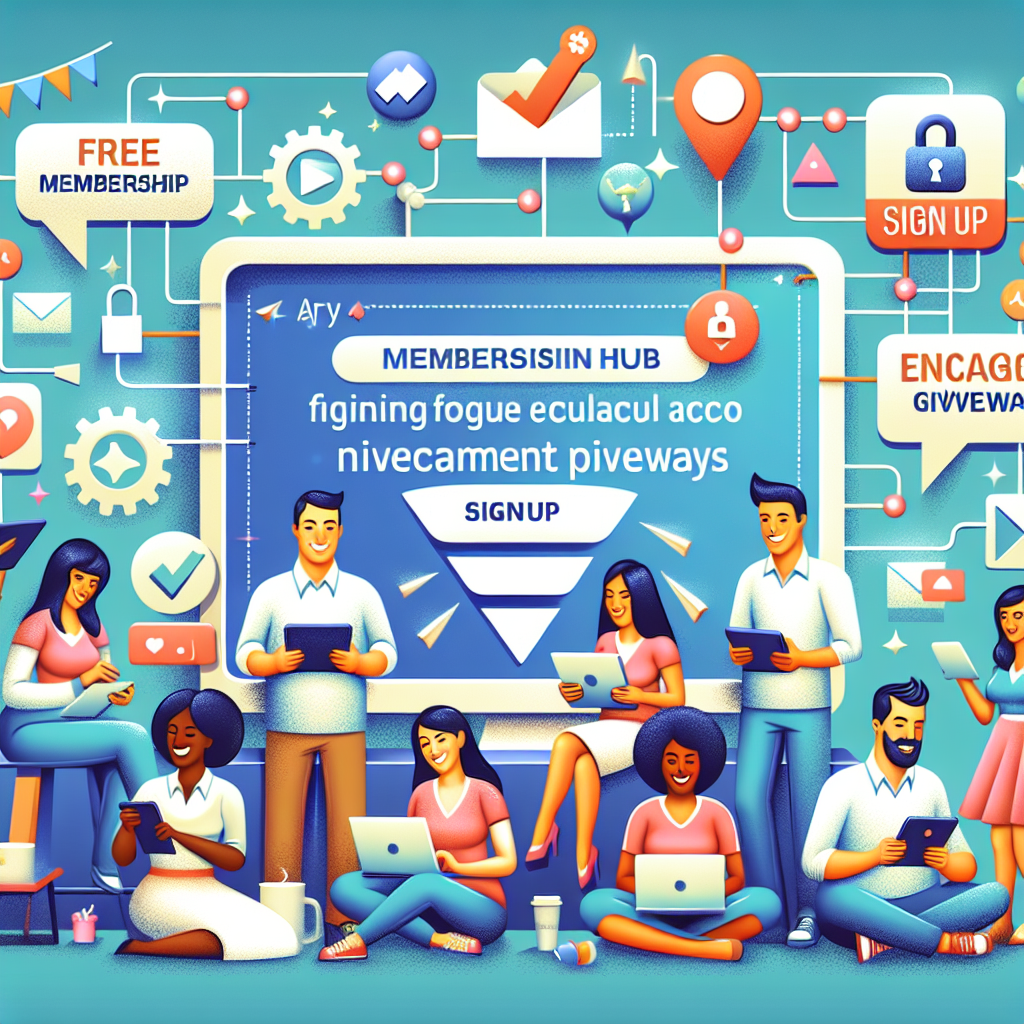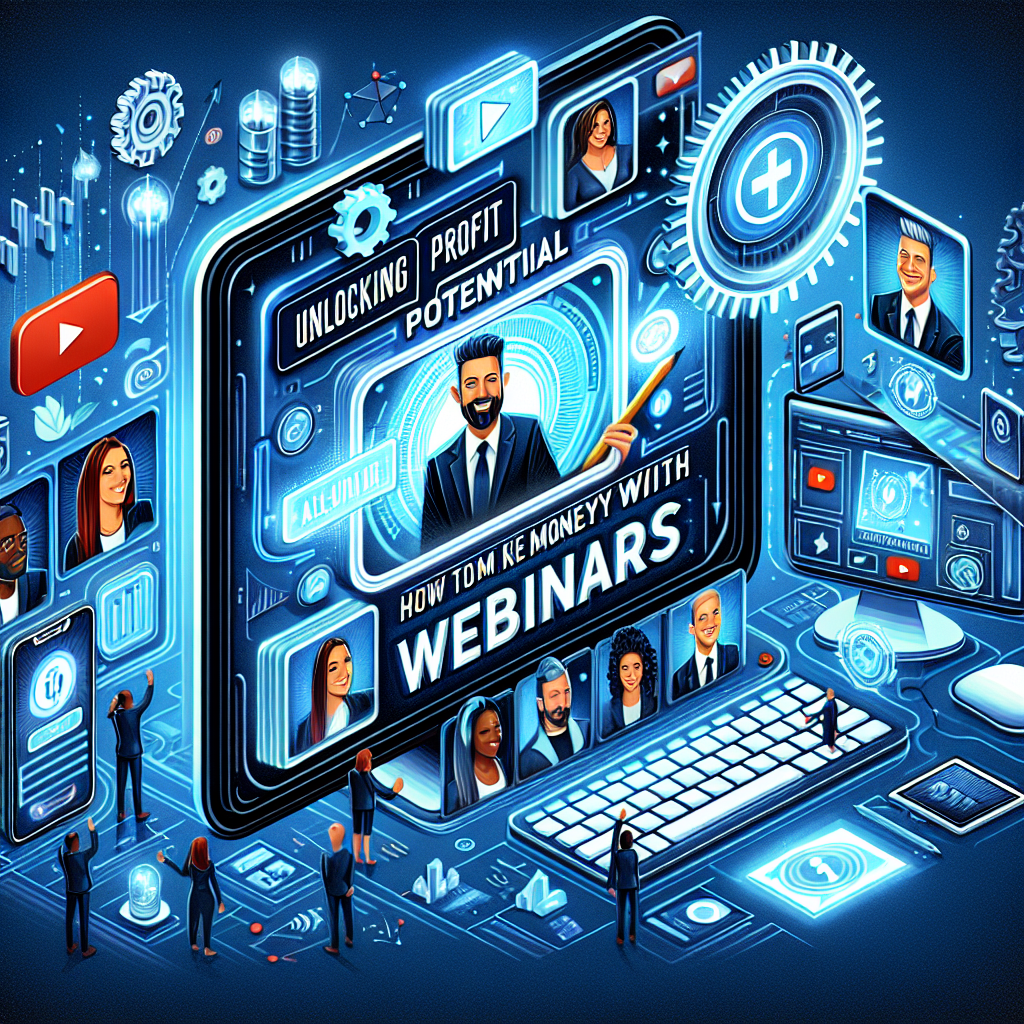
In the rapidly evolving world of digital marketing, artificial intelligence (AI) is no longer just a futuristic buzzword—it's a game-changer. For professionals in affiliate marketing, leveraging AI can offer a competitive edge by enhancing precision, personalizing customer interaction, and automating labor-intensive processes. But how exactly can savvy marketers implement AI into their strategies and applications, especially with the sheer abundance of tools available today?
Let's delve into how AI can be a robust ally in optimizing your affiliate marketing strategy and making your campaigns more effective than ever.
Understanding AI's Role in Marketing
AI in marketing involves the use of machine learning algorithms, data analytics, and automated processes to gain insights and improve performance. It's like having a 24/7 digital assistant scanning millions of interactions to uncover patterns and automate responses.
For affiliate marketing, AI can optimize a multitude of activities, including content creation, customer segmentation, and predictive analytics. This technological prowess isn't just about data crunching but transforming insights into actions that drive sales and conversions.
Enhancing Customer Personalization
One of the most significant benefits AI brings to affiliate marketing is the ability to offer unparalleled levels of personalization. Consumers today expect personalized experiences, and AI can deliver by analyzing data to understand what buyers want before they do. Here's how:
Predictive Analytics: AI algorithms can predict product preferences, allowing marketers to tailor recommendations. This means if a customer regularly purchases organic skincare, AI can suggest related products that increase the likelihood of conversion.
Behavioral Targeting: By analyzing browsing history and interaction patterns, AI can segment users into more specific groups, making campaigns more targeted and effective.
Dynamic Content Creation: Tools like automated email marketing platforms use AI to customize content based on user data. Imagine sending thousands of personalized emails with a single click—it's possible and efficient with AI.
Automating Mundane Tasks
Let’s face it—some aspects of affiliate marketing can be cumbersome. By incorporating AI, you can automate tasks that would otherwise consume significant time and resources:
Chatbots and Customer Support: AI-powered chatbots can handle basic inquiries, recommend products, and provide customer support around the clock, freeing up your team to focus on more complex tasks.
Automated Bidding Strategies: AI in advertising platforms can automate bid strategies based on real-time data, ensuring you achieve optimal ad placement and pricing.
Content Scheduling and Distribution: AI tools can determine the best times to post content on various platforms to maximize reach and engagement, automatically scheduling them without human input.
Leveraging AI for Content Creation in Affiliate Marketing
AI doesn't just aid in distribution—it can also help create content. Tools are now available that can produce high-quality, SEO-optimized content tailored to specific audiences. Here are ways AI can be integrated into content creation:
SEO Automation: AI can optimize keyword research for your affiliate marketing campaigns, ensuring that your content ranks well in search engines.
Content Ideation: AI tools can suggest content topics based on trending data and historical performance, ensuring that your strategy remains competitive and innovative.
Data-driven Insights: Through AI-powered analytics, marketers can continually refine content strategies by assessing which types of content yield the best user engagement and conversion rates.
Implementing AI Tools to Track and Optimize Performance
It’s crucial to track the performance of your affiliate marketing campaigns to ensure you're maximizing return on investment (ROI). AI tools excel in collecting and interpreting this data to help optimize future efforts:
Performance Analytics: AI platforms can provide insights into traffic sources, conversion rates, and customer journeys, allowing you to tweak your strategy for better results.
Competitive Analysis: AI tools can scan competitors' campaigns, offering insights into what's working for others, and helping you stay a step ahead.
Fraud Detection: For affiliate marketing, AI can identify potential fraudulent activities, safeguarding your budget from scammers.
Overcoming Implementation Challenges
While AI presents numerous opportunities, integrating it into your affiliate marketing strategy isn't without its challenges:
Data Privacy Concerns: It’s imperative to ensure that the use of AI complies with data protection laws and ethical standards. Implement robust security measures and gain explicit consent when collecting user data.
Technical Expertise: Not all marketers are data scientists, and the use of AI often requires technical acumen. Invest in training or partner with consultants who can bridge this skills gap.
Initial Setup and Costs: While AI can save money in the long run, the initial investment might be high. Start small and scale gradually to manage costs effectively.
Conclusion: The Future of Affiliate Marketing with AI
As AI continues to evolve and embed itself into the fabric of digital marketing, its impact on affiliate marketing will only grow. By embracing this technology, marketers can refine their tactics, personalize offerings, and automate operations to achieve unprecedented levels of success. The key is to start today, keep learning, and remain adaptable as tools and strategies continue to evolve.





(1).png)






